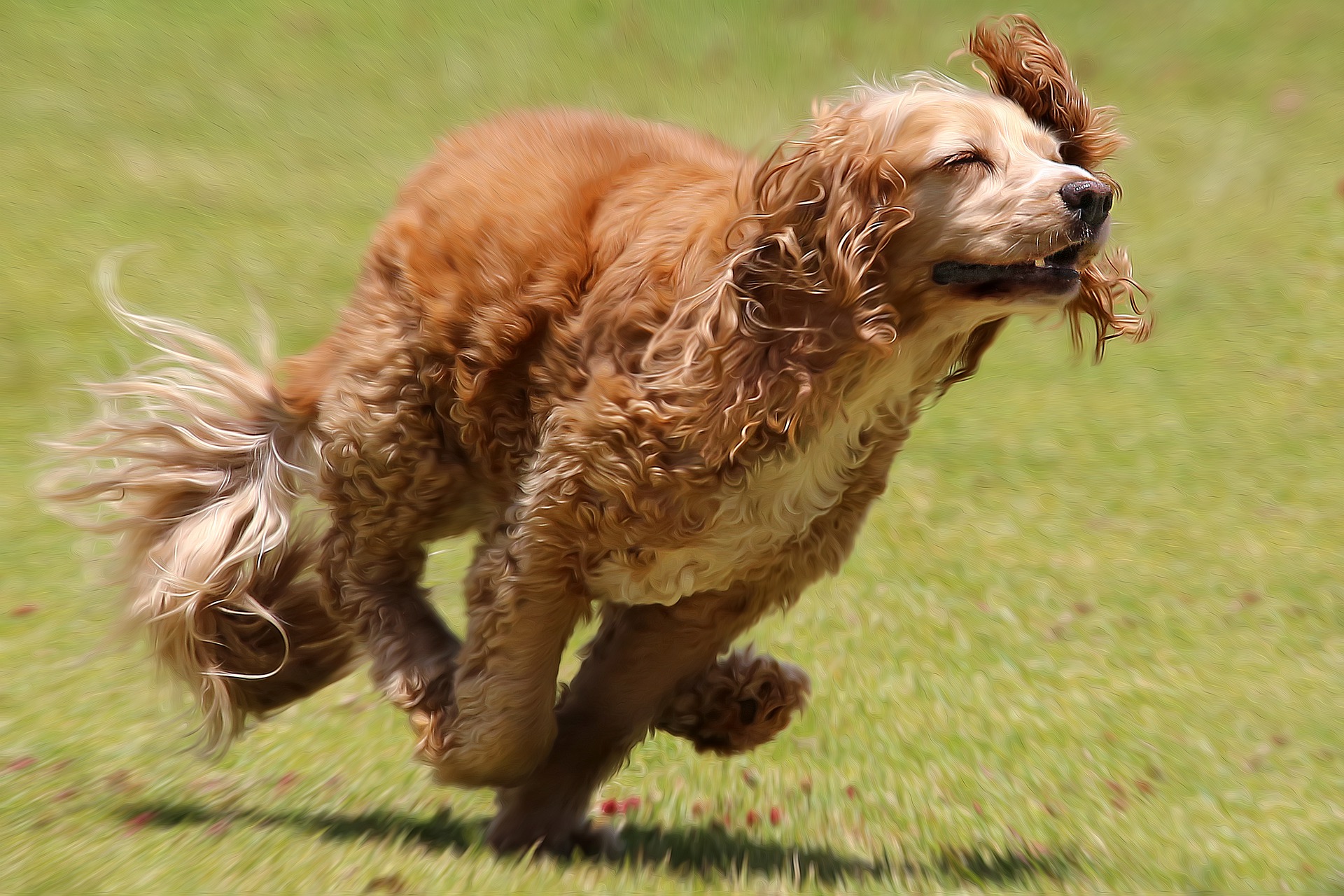It’s no secret that older dogs can experience joint pain as they age. Some breeds, like German shepherds, rottweilers, and great danes, are notorious for hip dysplasia. Others suffer from varying forms of arthritis that can become unbearable and significantly decrease the dog’s quality of life if not treated early. Fortunately, there are ways to help prevent joint pain and to mitigate it once it arises. In this article, we will discuss canine joint health and how you can help your dog to live a more happy and pain-free life.
What is a Joint, and Why Do They Hurt?
A joint is simply where two separate bones meet–the hip, the wrist, the toes, etc. The bones are connected by ligaments that are fused to both bones, and they have cartilage and fluid in the area where the bones meet to cushion the area and prevent pain. The fluid keeps the cartilage healthy, but as dogs (and humans) age, less fluid tends to be produced, and the cartilage starts to wear down. Without this padding, the bones scrape against one another and become agonizing to move that joint.
Two Types of Joint Disease
Joint pain can show up in any joint, but not all joint disease is the same. Two of the most common types are developmental joint disease and degenerative joint disease. In the former, there is a pre-existing issue with how the bones are formed that makes that joint more susceptible to cartilage breakdown and pain. For example, at a socket like a shoulder, the bones might not fit perfectly together, causing them to rub against each other oddly. This issue is present throughout the dog’s life. On the other hand, the degenerative joint disease develops as they age and the cartilage breaks down. This form of arthritis can be worsened or quickened by constant strenuous activity like jumping from a high point.
Signs Your Dog has a Joint Health Issue
It’s usually clear when a dog is experiencing joint pain. You may notice symptoms like:
- Limping
- Struggling to stand up
- Putting weight only on the front legs (this is a sure sign of hip dysplasia)
- Refusing to do certain activities, like jumping or climbing
- Licking the painful area
- Yelping or snapping when you press on the affected joint
- Lethargy when they used to be energetic
If you suspect a joint problem, bring your dog to the veterinarian. They will confirm the issue and offer some pain relievers to help manage it. In extreme cases, surgery may be recommended to regain optimum joint health.
Before your dog reaches the point of suffering from joint pain, you can incorporate some practices and exercises into their daily routine to support their joint health and help mitigate the issue.
- Help them lose weight. Keeping a healthy figure by following a proper diet decreases the stress that joints experience as your dog moves.
- Switch to low-impact exercises. Fast running, quickly changing direction, and frequent jumping is likely to worsen arthritis, so it is best to give your dog better ways to get out their energy. Try walking, swimming, playing indoor games, or going on a low-intensity hike instead.
- Get some ramps. Having ramps to go up short flights of stairs or access their bed is a great way to take the stress off their joints.
Maintaining their joint health is just one way that you can keep your dog happy and healthy through the years. Knowing that your dog has received proper training is an important step in maintaining its safety and security. For more information on how your dog can learn at any age, call Gulf Coast K9 Dog Training in Bradenton.





